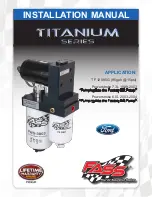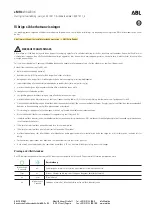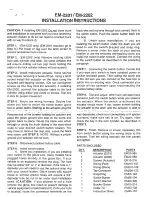
Emission Controls
The burning of gasoline in your car's
engine produces several byproducts.
Some of these are carbon monoxide
(CO), oxides of nitrogen (NOx) and
hydrocarbons (HC). Gasoline
evaporating from the tank also
produces hydrocarbons. Controlling
the production of NOx and HC is
important to the environment. Under
certain conditions of sunlight and
climate, NOx and HC react to form
photochemical "smog." Carbon mon-
oxide does not contribute to smog
creation, but it is a poisonous gas.
The Clean Air Act
The Clean Air Act sets standards for
automobile emissions. It also re-
quires that automobile manufacturers
explain to owners how their emission
controls work and what to do to
maintain them. This section summa-
rizes how tht emission controls work.
Scheduled maintenance is on page
42
.
Crankcase Emission Control
System
Your car has a Positive Crankcase
Ventilation (PCV) System. This
keeps gasses that build up in the
engine's crankcase from going into
the atmosphere. The PCV valve
routes them from the crankcase back
to the intake manifold. They are then
drawn into the engine and burned.
Evaporative Emission Control
System
As gasoline evaporates in the fuel
tank, a canister filled with charcoal
adsorbs the vapor. It is stored in this
canister while the engine is off. After
the engine is started and warmed up,
the vapor is drawn into the engine
and burned during driving.
Exhaust Emission Controls
The exhaust emission controls
include four systems: PGM-FI,
Ignition Timing Control, Exhaust Gas
Recirculation and Catalytic Con-
verter. These four systems work to-
gether to control the engine's com-
bustion under all driving conditions
and minimize the amount of HC, CO,
and NOx that comes out the tailpipe.
The exhaust emission control sys-
tems are separate from the crankcase
and evaporative emission control
systems.
Technical Information
















































